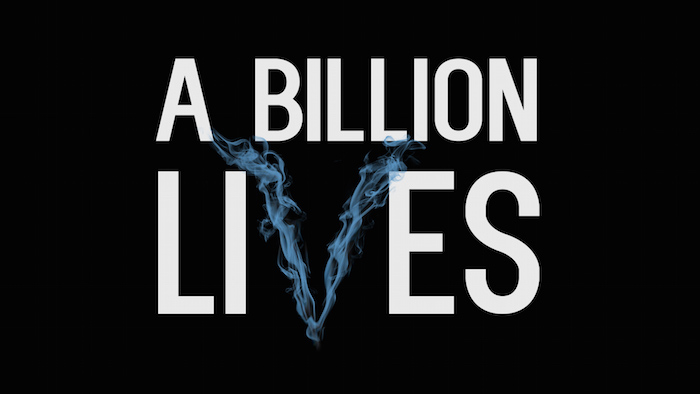57 LAWSON
 Sunday, September 18, 2016 at 6:49AM
Sunday, September 18, 2016 at 6:49AM Featuring: Sara Armanfar, Carolyn Athan, Lou Athan, Mary Athan, Melissa Athan, Hussein Atik, Anthea Hewitt, Marta Klimenko, Gary Lonesborough and Olga Markovic.
Director: Ben Ferris.
Reviewed at the World Premiere at The Sydney Underground Film Festival, Saturday September 16; screened in Cinema 4 at The Factory Theatre, Marrickville.
Rating: 4/5

An unwavering focus records seemingly random but deeply honest, inherently captivating moments in time in Ben Ferris’ 57 Lawson, a study in humanity set against the backdrop of an ageing unit precinct in Sydney’s inner city. From the very first frame, which captures the low-rise towers as their day fades into night, the director’s docu-drama masterfully draws upon the objective observational cinema of Chantal Akerman, Chris Marker and Frederick Wiseman in examining the inevitability of change while archiving the latest redefinition of the role of ‘people’ in the city landscape.
The multi-level apartment complex of the title was borne of an era when inner city population growth was high on the State government agenda. In 1941, the New South Wales Housing Commission was formed to encourage settlement in the area and provide homes for a burgeoning population; in 1965, the three apartment blocks named Kendall, Gilmore and Lawson, aka ‘Poets Corner’, that are featured in the film were opened. By 2016, the occupants are at the mercy of a new local government agenda, one that is handing these prime pockets of city real estate over to billionaire developers with no consideration for heritage or, more importantly, the residents.
Revealed in long, unbroken takes, the lives of the apartment dwellers are both unremarkable and beautiful in their apparent anonymity. Among them are a matriarch and her family, downplaying a traumatic hospital stint; a woman, dipping in and out of her native tongue while reading a cake recipe; and, an Iranian student, living a modern life while remaining respectful of her ancestry. Some of the extended takes are frustratingly abstract; a cruise ship passing the Opera House is a particularly bewildering insert. Yet the engagement between Ferris’ lens, the footpaths and corridors of the complex and those that call it home remains endlessly captivating.
The mosaic of everyday life begins to unravel when Department of Family and Community Services officials arrive at 57 Lawson to begin the relocation process of the longterm tenants. These scenes are staged, but they are realised with no less of an impact than the observational factual footage; particularly heartbreaking is the ageing Turkish man and the moment of realisation that the two women in his home are preparing to move him after 40 years of living at Poet’s Corner.
Despite flagging a point-of-view with a pre-title quote from Mahatma Gandhi (“A nation’s greatness is measured by how it treats its weakest members”), Ferris’ methodolgy does not dictate a socio-political message. Instead, his camera is an observer of the existential complexity behind the case numbers and bureaucracy. The influence of Akerman’s ‘slow-cinema’ is obvious, notably her masterwork All One Night (1982); like the late director’s finest films, 57 Lawson is an exercise in minimalism to the point of near abstract detachment. Yet while the very presence of Ferris’ camera seems oblivious to his subjects, it achieves a gripping intensity of personal focus and tangible sense of time and place.
 Documentary,
Documentary,  Independent,
Independent,  Sydney,
Sydney,  Underground
Underground 












